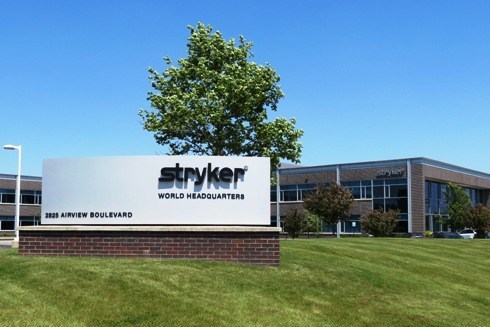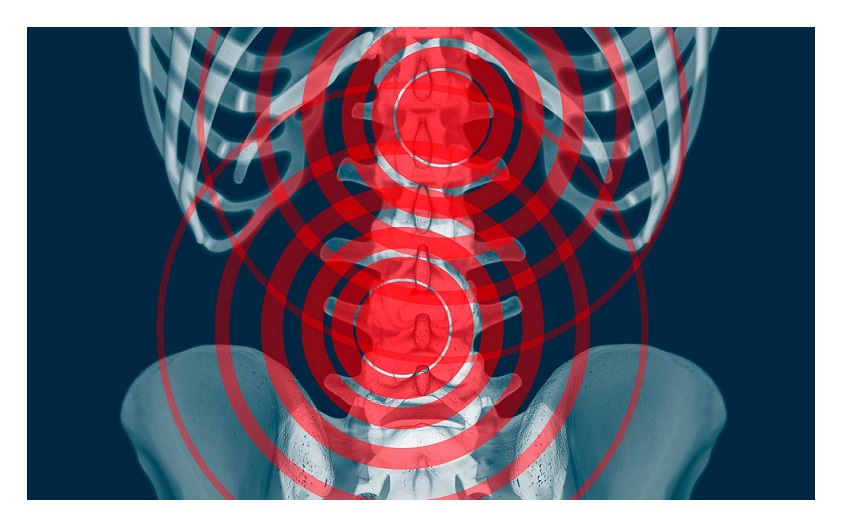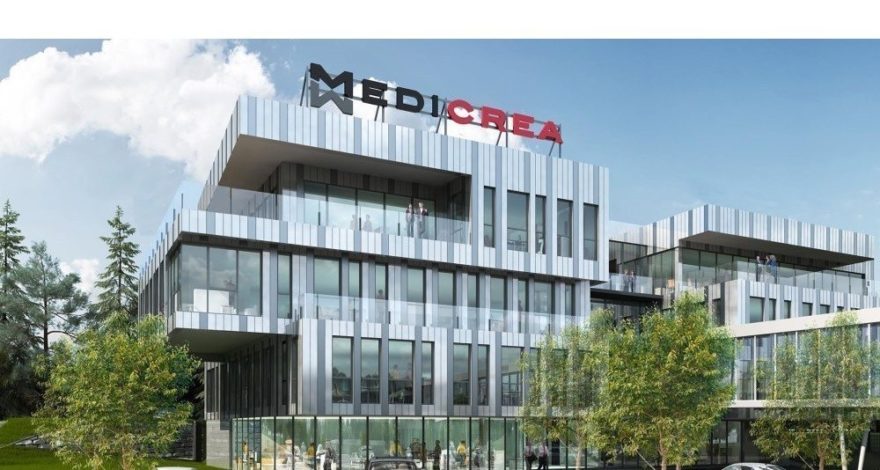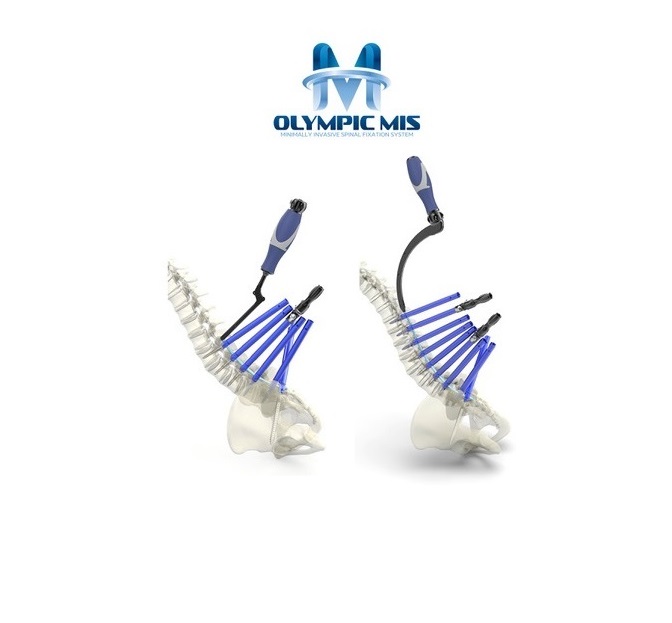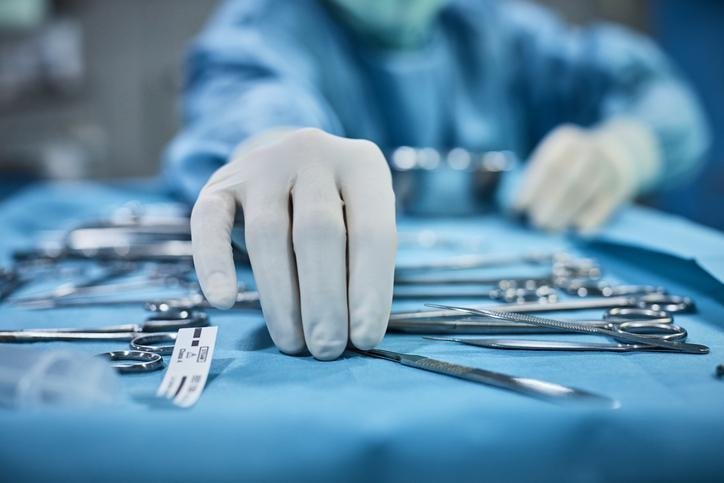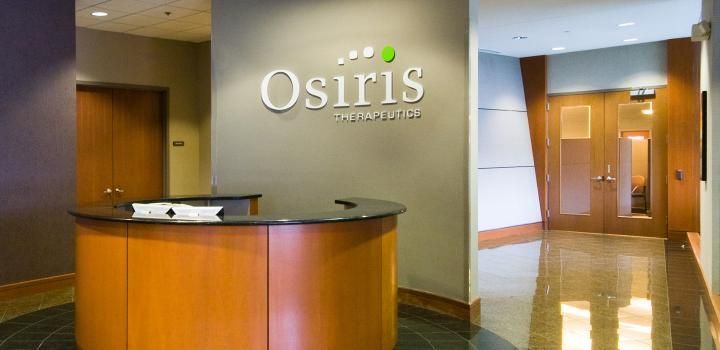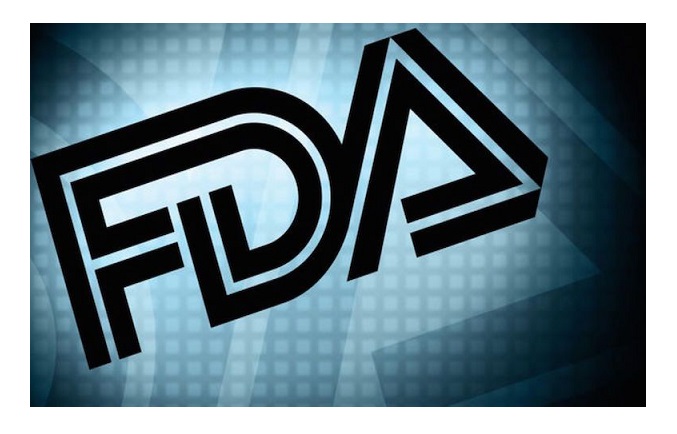November 26, 2018 / FDA Statement
Forty-two years ago, Congress passed the law establishing the framework for evaluating the safety and effectiveness of medical devices. Today, we’re announcing changes to modernize the FDA’s 510(k) clearance pathway, which accounts for the majority of devices that the FDA reviews. We’re pursuing these changes to help keep pace with the increasing complexity of rapidly evolving technology. The new technology that we’re seeing holds tremendous public health promise for patients. But with the advances also come new complexities that can make the review of safety and effectiveness more challenging. The framework we propose is aimed at efficiently advancing beneficial technology to patients, while solidifying FDA’s gold standard for safety.
We believe that where appropriate, new medical devices that come to market under the 510(k) pathway should either account for advances in technology or demonstrate that they meet more modern safety and performance criteria. We want to make sure that new devices are evaluated against advances in technology that can improve patient safety and performance. In making these reviews, where appropriate, we want to rely on modern safety and performance criteria. At the same time, we’re going to pursue additional actions that will allow the FDA to retire outdated predicates, especially in cases where we’ve seen safer or more effective technology emerge.
We believe firmly in the merits of the 510(k) process. But we also believe that framework needs to be modernized to reflect advances in technology, safety and the capabilities of a new generation of medical devices. In short, we believe that it’s time to fundamentally modernize an approach first adopted in 1976, when Congress considered the vast diversity of devices that would become subject to the FDA’s regulatory oversight and established many of the predicate devices that served as the basis for 510(k) clearances during the last 40 years.
The 510(k) process allows the FDA to recognize that medical devices exist across a continuum of complexity and risk and that the scope of premarket review should reflect this risk continuum. This is a contemporary approach to regulation. A one-size-fits-all regulatory approach wouldn’t optimize public health outcomes, wouldn’t be efficient in advancing beneficial new technologies to patients, and wouldn’t allow the FDA to effectively prioritize its scientific resources.
Congress’s creation of the 510(k) process was a paradigm shift from the FDA’s regulation of drugs. It recognized the distinct challenges of regulating such a broad, diverse group of medical products. Today, the FDA regulates more than 190,000 distinct devices. Although the regulatory approach to devices is different than for drugs, the public health objective – assuring that all medical products meet the FDA’s standards for safety and effectiveness – is the same.
The 510(k) pathway represents a more contemporary approach to the risk-based regulation of medical products, but this doesn’t mean the pathway is perfect or not in need of change.
The staff of the FDA’s Center for Devices and Radiological Health (CDRH) has leveraged this risk-based paradigm to develop innovative and forward-leaning regulatory policy that meets our gold standard for safety and effectiveness. In recent months, we’ve taken many new steps to advance these goals. Many of these efforts aim at adopting a more modern process that allows the FDA to more readily incorporate new technologies that improve the safety and performance of medical devices into new predicates to serve as benchmarks for future clearances.
Some of the recent innovative policies include efforts to promote the use of real world evidence in regulatory decision-making; to modernize the De-Novo pathway for low to moderate risk novel devices; to enable the use of rigorous, consensus objective criteria to serve as a predicate for future clearances; to build a national patient safety net; to re-envision a regulatory paradigm for digital health products and in vitro diagnostics; and to chart a premarket review path for breakthrough products. At the same time, we’ve also advanced pathways that can help enable timely patient access to new, innovative and potentially transformative medical devices to help safely treat devastating diseases. For instance, we’ve promoted new ways to safely advance medical devices to diagnose cancer, repair damaged hearts and manage diabetes.
Advances in material science, digital health, 3D printing and other technologies continue to drive an unparalleled period of invention in medical devices. It’s vital that the FDA’s regulatory approach continue to evolve and modernize to safely and efficiently advance these opportunities. Not only must we keep pace with this complexity and innovation, but we must also stay ahead of the new and evolving risks that sometimes accompany this progress.
That’s why, this past April, FDA issued its Medical Device Safety Action Plan: Protecting Patients, Promoting Public Health. We recognized that there were opportunities for us to continue to enhance our programs to help improve device safety. Our policy ideas spanned the life cycle for devices, including ways to drive innovation of safer devices premarket, and enhance post market patient safety. We’ve made significant progress to advance that plan.
Modernizing the 510(k) Pathway
As part of the Safety Action Plan, we committed to strengthen and modernize the 510(k) program. This is a pathway used for clearance of low- to moderate-risk devices that are substantially equivalent to a device already on the market – otherwise known as a predicate device.
FDA’s 510(k) program is the most commonly used device premarket review pathway. In 2017, CDRH cleared 3,173 devices through the 510(k) pathway, representing 82 percent of the total devices cleared or approved. The 510(k) program has been strengthened and refined in many ways. This has been especially true in recent years, as CDRH made a systematic, concerted effort to improve the program’s performance, predictability, efficiency and safety.
Today, following the close of the public comment period and our review of the feedback on the Safety Action Plan, we’re announcing new steps and proposed actions to substantially build on these efforts. We’re focusing on new policy efforts that we plan to advance to help the 510(k) program keep pace with innovation, promote modern patient care and match our evolving understanding of benefits and risks. Our new plans are aimed at continuing to ensure that new and existing devices meet our gold standard for safety and effectiveness as technology rapidly advances.
The most impactful way that we can promote innovation and improved safety in the 510(k) program is to drive innovators toward reliance on more modern predicate devices or objective performance criteria when they seek to bring new devices to patients.
In the 510(k) pathway, manufacturers generally rely on comparative testing against predicate devices to show that a new device is as safe and effective as the predicate device. Older predicates might not closely reflect the modern technology embedded in new devices, or our more current understanding of device benefits and risks. In some cases, the predicate could be decades old. Data show that nearly 20 percent of current 510(k)s are cleared based on a predicate that’s more than 10 years old. That doesn’t mean the products are unsafe. But it does mean that some devices may not be continually improving, which is the hallmark of health technologies.
We believe that newer devices should be compared to the benefits and risks of more modern technology; that is why we’re looking at ways to promote the use of more recent predicates. To advance these goals, in the next few months CDRH is considering making public on its website those cleared devices that demonstrated substantial equivalence to older predicate devices. We’re considering focusing on predicates that are more than 10 years old as a starting point, so that the public is aware of those technologies. Our goal in focusing on older predicates is to drive sponsors to continually offer patients devices with the latest improvements and advances.
READ THE REST HERE


